Today I went to a beach in Santa Cruz that I hardly ever get to, Panther Beach and its connected Hole in the Wall Beach. I myself like to call the whole spot Magic Door Beach because there’s an arch in the rock that leads from the one beach to the other. When the tide’s high, it can be hard to get through the door, but it’s worth it.
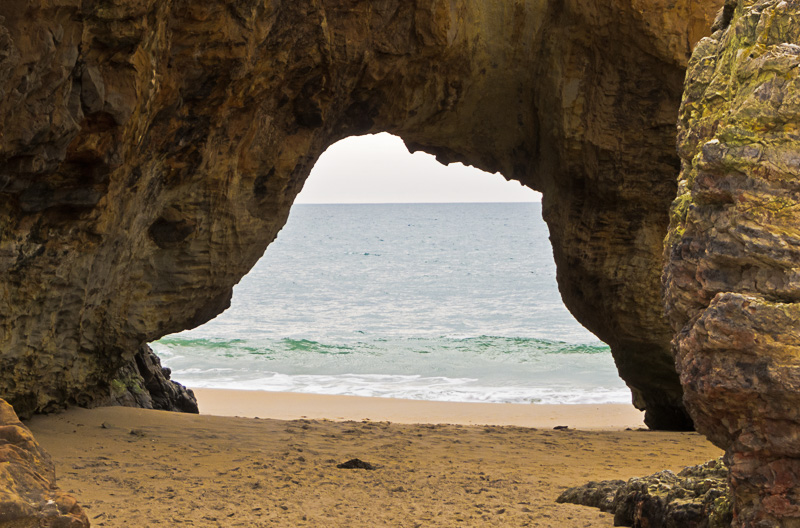
[The Magic Door]
Like many of the beaches north of Cruz, you do see a few nude people there, particularly in the summer, but it’s not totally what I’d call a nude beach. I don’t get to this beach as often as I’d like to, as the climb down from the highway is a little dicey. I took all but the last one of today’s photos there.
Part of what I did at the beach was to start marking up a printout of a draft of the next chapter of my 1950s alien-invasion beatnik-sf novel, Turing & Burroughs. I’ve been away from the book for nearly a month—what with that trip to Spain, and the revisions and copy-edits for my memoir, Nested Scrolls: A Writer’s Life, and for my fantasy/SF novel of the afterlife, Jim and the Flims, both due out in 2011.

When I’m away from a novel for this long, I begin to think I won’t ever get back. And I become almost scared to try, or perhaps it’s more that I feel queasy at the amount of inner work it’ll take to get plugged back into it again. The hardest part about writing is getting your head in the right place to do it.
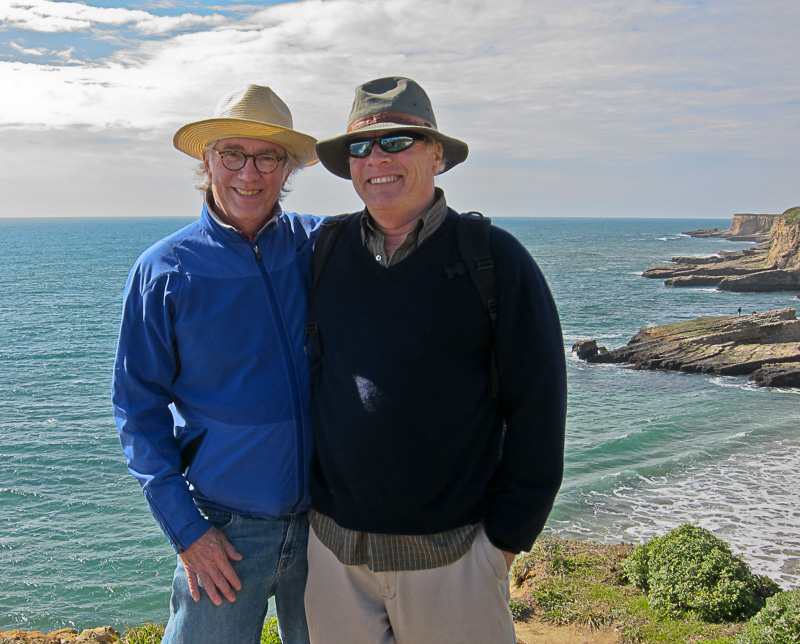
[My old pal Jon Pearce came to the beach with me; his friend Nancy took this picture.]
I helped get myself cranked up for Turing & Burroughs again by finishing my painting of an upcoming scene yesterday, “A Skugger’s Point of View,” which I already posted about. I forgot to mention that those inchoate yellowish shapes at the borders of the painting are what I’m calling gazaks.
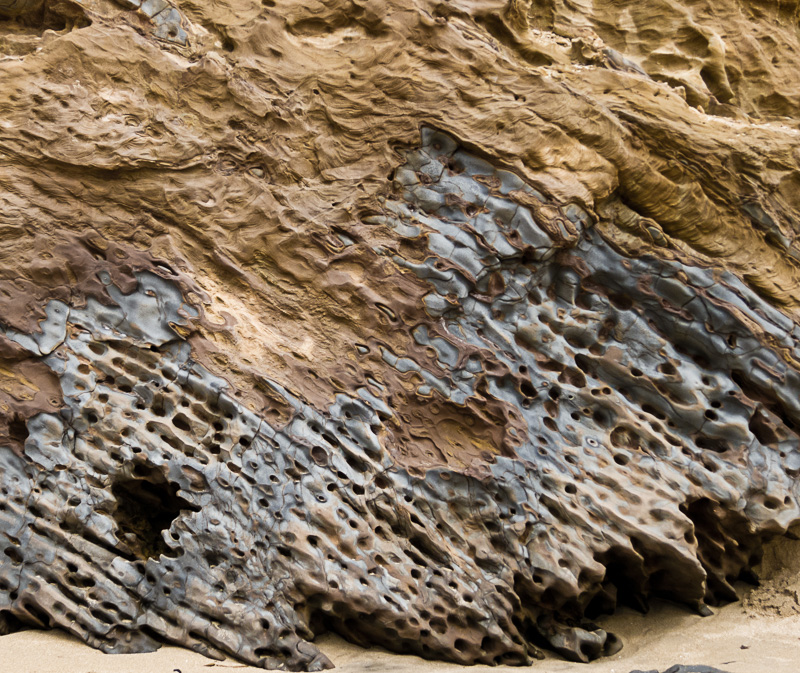
Gazaks are a type of soul or ghost, based on some subtle form of energy. You can kind of see them at the edges of your field of vision. Perhaps they use exotic microtuble structures in the air, little vortex filaments that link together into a mesh, and the nodes of the mesh might be exotic particles that are quantum-mechanically entangled with the neighboring nodes.
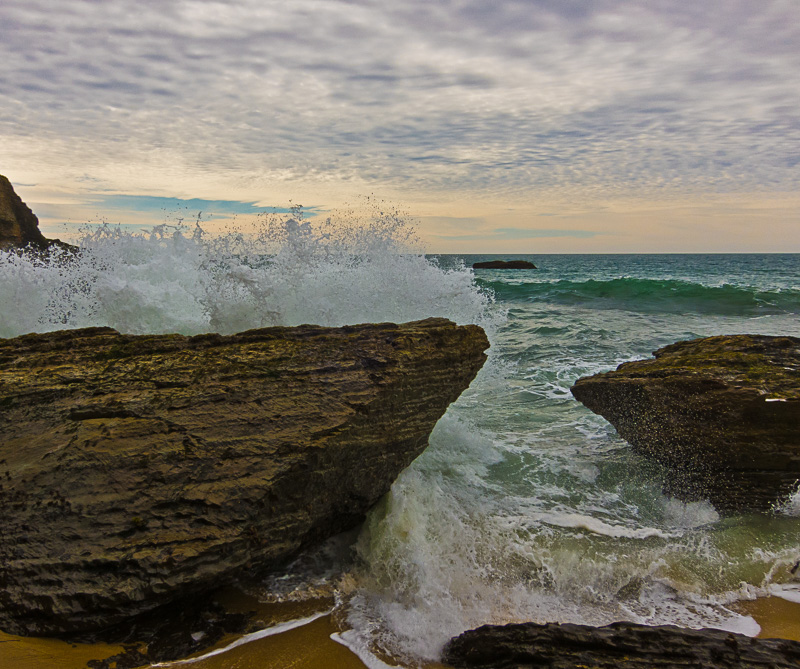
At the beach, I was telling Jon that, because I’m now shooting in 16-bit RAW mode, and editing my image files in Lightroom, it almost doesn’t matter what settings I put on my camera or exactly where I point it. The only two things you really need to do is to hold the camera still while you shoot, and to focus on part of the scene that you want to be sharpest. I can fix the rest of it at home.
What I’m coming to understand, in other words, is that settings you use on your camera (like White Balance or ISO or even exposure time) don’t really affect the image data that much. The settings are more like a filter for extracting the image you want to see from the underlying data. In effect, you can set you camera after you take the picture. And, espeically, if you’re in 16-bit mode, there’s enough data so you can coax out subtle colors and shades. This picture looked totally ordinary before I processed it—the sky was a uniform dull white, the rocks were black silhouettes, the spray was a smear, and the ocean was gray. Some kind of lesson here…about beauty being present beneath the surface…
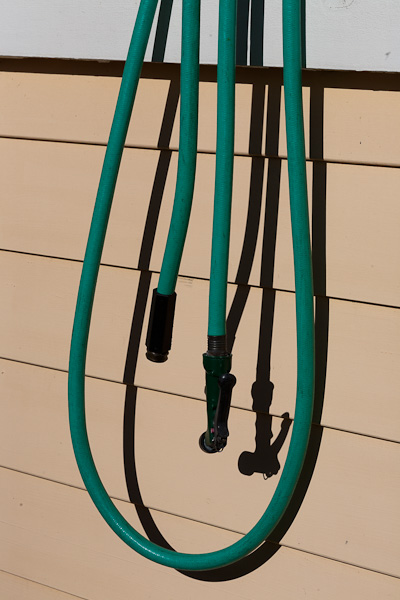
After the beach I went off alone in Cruz. It was a nice warm day, and I spent an hour and a half working on Turing & Burroughs at a table on the porch of the Cafe Pergola in Santa Cruz, looking down on the very spot where I’d depicted my characters Jim and Weena as meeting up with the chracters Chang, Header, Ira, and Ginnie in Jim and the Flims. I was just revising that passage last week. So sitting there, looking at the spot, writing, I felt a nice moiré overlap of the trans and the real.









March 6th, 2011 at 12:21 am
“1950s alien-invasion beatnik-sf novel”
Alright! that’s book I wanna read!!